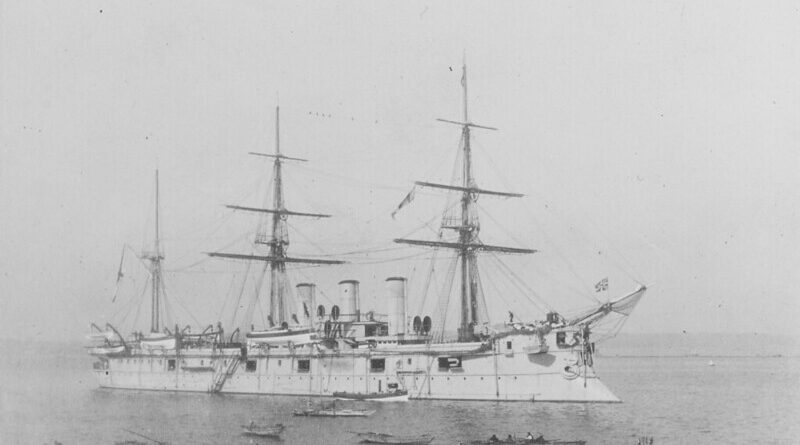A Brief Introduction to The Russian Revolution
CAUSES
The Russian Revolution was arguably the most significant turning point in the region’s history. It saw centuries of repression under the autocratic rule of the Tsar finally end, and eventually replaced by the world’s first Communist state. However, it was more complicated and long-lasting than people believe.
Many could say that the Russian Revolution was inevitable for decades, due to the rampant oppression of the people under the various Tsars. However, it wasn’t until the failed 1905 Revolution where anti-authoritarian opposition began to accelerate significantly. The 1905 Revolution was caused by a variety of deep-rooted social issues, which were amplified by the disastrous Russo-Japanese War of 1904-5. In response, a peaceful protest at the Imperial Palace in St Petersburg lead by Father Georgi Gapon took place. This ended in bloodshed, being retroactively termed the Bloody Sunday Massacre. It was believed that thousands were killed. This event is considered the catalyst for the 1905 Revolution, which saw waves of civil unrest unleashed across the country. While ultimately unsuccessful, it did result in the establishment of parliamentary representation and a number of other terms as dictated through the October Manifesto. Despite these liberalising measures, Tsar Nicholas II still remained in power and the autocracy was still very much alive.
In the decade between the 1905 and 1917 Revolutions, unrest continued to mount against the Tsar, who had backtracked on a number of reforms he had pledged to make. Disillusionment towards the autocracy increased during the First World War. The war itself took a major toll on the morale of the Russian people, making the Empire’s social, political and economic failings become even more glaringly apparent. Strikes and mutinies were becoming increasingly common. As the war dragged on, tensions reached their boiling point in 1917, the year when everything changed forever.
EVENTS
Contrary to popular belief, there were actually two revolutions in 1917. The first of which, the February Revolution, began with
Bolshevik political cartoon poster from 1920, showing Lenin sweeping away monarchs, clergy, and capitalists
a series of strikes on International Women’s Day. These strikes eventually became increasingly politicised, attracting political activists, students and workers, amongst other demographics. At this point, opposition to the Tsar and his autocratic system of rule had reached an all-time high. Nicholas II, finally realising the futility of holding onto his title, abdicated in March on the advice of his ministers. Following his abdication, two bodies of power lay their claims to power: The Provisional Government, lead by Alexander Kerensky, which was comprised of politicians from the State Duma from a number of different parties, though it was generally centre-left in its composition. The other body was the socialist Petrograd Soviet. Despite the euphoria across Russia, which followed the Tsar’s abdication, these two forces would be unable to compromise on their political positions, and after months of competing for power, a second revolution broke out.
The October Revolution saw the Socialists, under the leadership of Vladimir Lenin and Leon Trotsky, seize power and implement what would eventually become the world’s first Communist state. Although both the Petrograd Soviet and the Provisional Government exercised power following the February Revolution, the latter was the nominal, official authority. Furthermore, the Socialists wanted to bring about a full revolution, something which could not happen if the Provisional Government still existed. Lenin’s Bolsheviks, the most influential power within the Soviet, mobilised an army, which managed to overthrow the Provisional Government within a matter of days, seizing the Winter Palace.
EFFECTS
Despite this, the Bolsheviks did not immediately consolidate their grip on power. A civil war between the Bolsheviks and their disorganised enemies, or as they are more colloquially known, the White Army, raged on for an additional five years. However, the Bolsheviks had a number of key advantages over their opponents. They were far more organised and centralised, and despite years of conflict and millions of deaths, their power was finally consolidated in 1922 and Soviet Russia was finally born. The Communist system of rule, which would be in power for several decades until 1990, was finally in place after years of gestation. Indeed, the Russian Revolution was one of the 20th century’s most significant events, shaping the ideological conflict between communism and capitalism, which would dominate the decades, which followed it.
Main image: The barricades of Presnya, 1905. Black-and-white photo of a [preparatory sketch?] painting by Ivan Vladimirov (ru:Владимиров, Иван Алексеевич, 1870-1947) depicting the December, 1905 rising in Presnya district of Moscow. Collection of Moscow Museum of Modern History (former Revolution museum).








